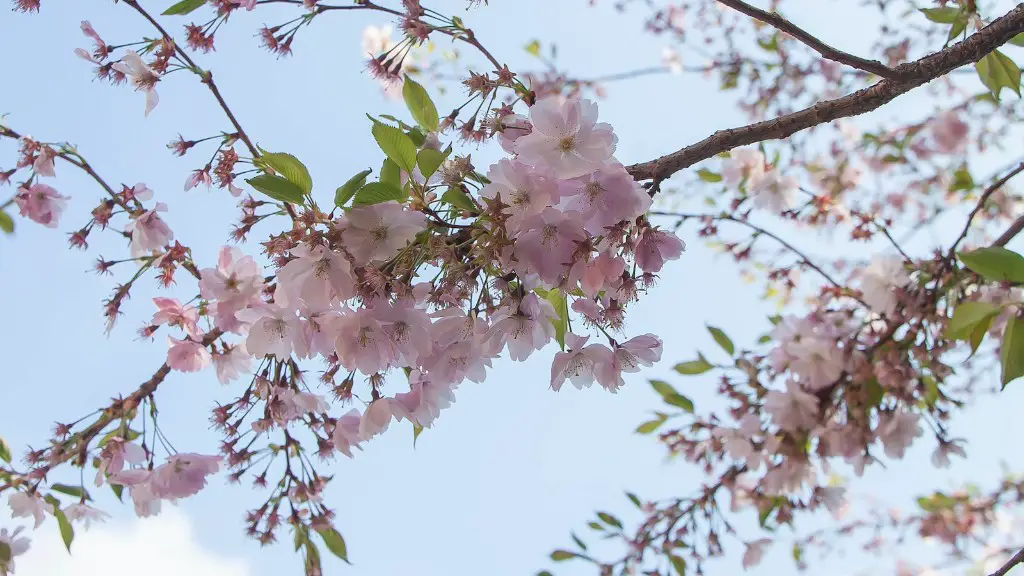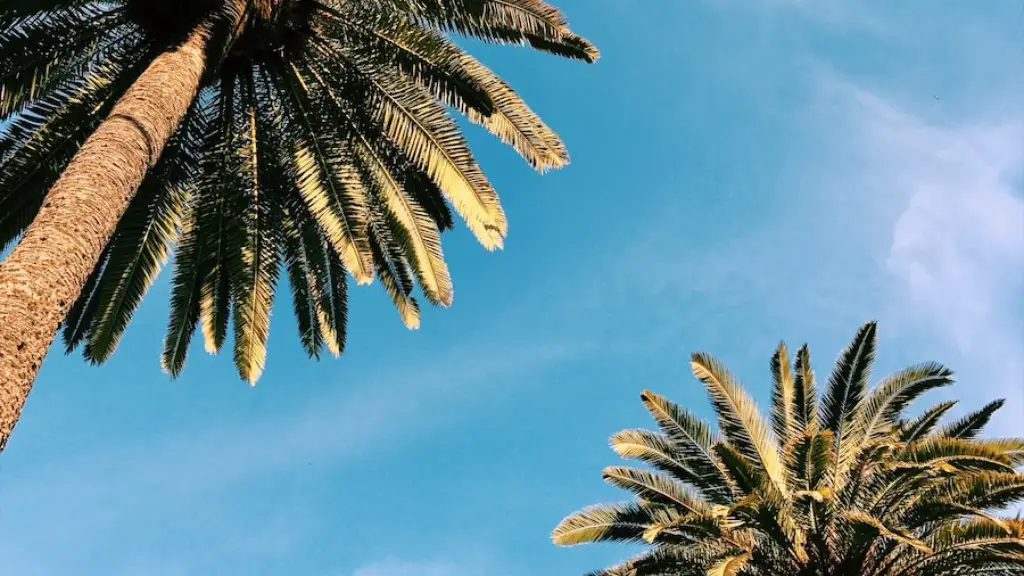Background Information
Grafting is a technique used by gardeners of all kinds to propagate healthy plant specimens or to create an entirely new plant that wouldn’t have occurred naturally in the wild. Grafting is a way to bridge two plants together so that one provides the root system with the other providing the foliage. In the case of cherry tree grafting, the desired outcome is to join the rootstock with a variety scion wood, for example, for a new type of cherry tree with different characteristics than the rootstock.
Grafting can increase the size and production of fruits and flowers, change fruit flavor and its quality, increase plant hardiness, and introduce disease resistance. It can also be used to regenerate an ailing plant that has succumbed to damage or disease. It is an advanced technique that requires some practice to get right and the success rate is relatively low. Usually, grafting is successful when done in cooler months like mid-spring or late winter.
In Theory & Practical Further Detail
In its most basic form, grafting is the union of two plants so that they grow as one. The process involves both the rootstock, where the roots of the plant will grow from, and the scion wood consisting of the desired fruit growing from the tree.
When grafting cherry trees, the rootstock is usually sourced from the wild and should be chosen based on its disease resistance, ability to form roots and its dwarfing ability. It’s important to choose a rootstock that is compatible with the scion wood, as some rootstock varieties are incompatible with certain scion woods.
The scion wood is the branch that will bear the new varieties selected, and must be cut from current or past seasons growth. Careful selection of plant variety is needed when choosing the scion wood and its important to ensure it is healthy and pest-free. Scion wood should also be treated with a rooting stimulant such as “Rootone” before being grafted with the rootstock, although this is not mandatory.
To begin the process, the gardener needs to make a simple vertical cut into the rootstock and then lay it flat into a ‘liner’ (a shallow tray designed for the purpose). The scion wood should be cut from a branch which is the same width as the rootstock and it should be cut at an angle of around 45 degrees. Care should be taken to match the two cuts so that the cambiums of the two plants form a tight enough bond to scar and form one.
The roots are then tucked into the ground and supported with a stake if the rootstock needs it. The new plant should then be regularly watered and fertilised until the roots form and grafting has taken place.
Common Pitfalls and Mistakes
Pruning at the wrong time of year, using unhealthy or incorrectly treated scion wood and a poor graft are all potential pitfalls of good cherry tree grafting practice. Pruning should take place in late winter when the plants are dormant, in order to avoid leaving shock wounds that can harm the tree during active growth.
Using unhealthy scion wood can seriously impede grafting success because of possible disease and pest infestations or other issues. When grafting cherry trees, scion wood should be taken from healthy branches that have no signs of discoloration, wilting or damage.
Finally, matching the two cuts properly is essential to the success of the graft and ensuring the two parts fit together in a snug and secure way. If the cuts are too tight, it can leave exposed wood, whereas too loose a fit can leave gaps for pests and diseases.
Diseases and Pests
In general, cherry trees are relatively hardy and resistant to diseases and pests, however proper grafting can enhance this reputation. Disease and pests can enter through exposed wood, so the graft junction should be smooth and in a cambial contact. Poorly executed grafting prices can be a gateway to a host of diseases and pests, each with the potential to damage or kill a tree before it has a chance to get established and mature.
Cherry fruit fly is a particularly nasty pest that will not only feed on the maturing fruit, but also lay eggs inside the fully grown fruit which will then hatch and burrow into the flesh. This damage may not be apparent until the fruit is picked and so careful monitoring of plantations and high levels of cleanliness are needed to keep prevent the fly from entering.
Black root rot, a soil borne disease, is also a common threat to cherry trees and can usually be prevented by choosing disease-resistant rootstock that has a lower likelihood of infection. Grafting can supplement this resistance as the joining of two plants acts as a barrier to the soil borne fungus.
Developing Trunk Tissues
A common problem encountered in cherry tree grafting is the failure of the trunk tissues to develop. To successfully join two plants together, the soft wood of the rootstock must form a callous with the scion wood. This takes considerable time and care, and however, for some plants a more complex procedure is required.
For cherry tree grafting, the rootstock and scion wood must be cut and then held together with some form of ‘tape grafting’ technique. This involves using tape to wrap the cut tissue of both the rootstock and scion wood together, forming a supporting environment in which callusing can take place. After a few days the tissue join should be as strong as an ordinary cambial graft.
Shelter and Aftercare
It is important that the newly grafted cherry tree is sheltered from the elements for an extended period after grafting. This involves creating a kind of ‘mini greenhouse’ around the tree using polythene tunnels, mesh tunnels or ‘cloches’ which can protect the plant while it gets established.
The grafted tree should also be shaded during strong sun or periods of high temperatures and be watched closely in case it requires staking or support while it establishes. Regular watering and fertilising is also needed during this period, taking care that the water drains completely and that the fertiliser is applied several inches away from the trunk of the tree.
CarefulFertilizing and Pruning
Fertilizing the tree at least a couple of times a year, during the spring and autumn months, is important for a healthy tree, as well as controlling pests and diseases. Regular maintenance pruning is essential for letting light in to the lower parts of the tree, preventing overcrowding and controlling the tree’s direction of growth.
When pruning, it is important to use sterile tools and a fungicide to help prevent the spread of diseases. This can be applied over the cuts and then removed once pruning has been completed. Cutting damaged branches and thinning young trees can help improve air circulation and ultimately keep the tree healthy and happy.
Long-Term Impacts
Grafting is a way to unlock the potential of plants and to bring maximum fruit production and quality. For commercial farmers and gardeners, the process of grafting cherry trees, if done correctly, can result in substantial production and long-term success.
At the same time, professional gardeners should understand the challenge of grafting different varieties and seek methods to improve chances of grafting success, while also remaining aware of the potential risks. By grafting cherry trees in the right conditions, using healthy scion wood and rootstock, gardeners can produce and reap the rewards of beautiful and successful grafted trees.

